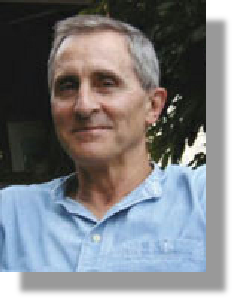


To Be In The Same World (Worple Press)
(Publ in Ambit 196, Spring 2009)
Dufault is perhaps one of America’s most important and undervalued writers. His visionary perspectives can ch
allenge facile or blinkered assumptions in a frank, yet freely digressive discourse
which echoes the naturalistic teachings of Emerson and Whitman, flavoured with Frostian
stoicism and dialectics. He demands concentrated reading. His weighty if not unwieldy
book divides into two contrasting sections: the first is a treasury of object lessons
from present and retrospective correlated experience of the natural and human worlds;
the second is a series of scathing reflections on a corrupt political and financial
establishment. Here the well-
…recommended civilian procedure
is to live life as usual. Fine.
I can do both-
all my days-
prey-
at the Big Predators…Enron
for example, aided by God
and sharp lawyers, cornering the market
on job-
and getting drunk on the profits
some clown overloads a circuit, un-
fortunately cooking the books-
which the top brass takes a bonus, down-
sizes five thousand of us, de-
faults on all pensions
(locked into Enron stock),
declares bankruptcy
and applies to the US government
for relief…
The first part of the book is more vibrant. Its ruminative poems begin with arresting depictions of natural phenomena. Ted Hughes praised the way these capture such encounters and yet retain the vitality of the objects observed. They are triggers for what seem to be lengthy digressions: a rangy and profound process once you accept it. In ‘Thoughts Among Willows’ the ‘ambivalence’ of the waterside tree ‘belonging…/ neither to water altogether, nor to air’ develops into glances at, even a monologue from, the mermaid with her varied associations. A fine balance between commentary and startling imagery opens up twilight borderlands between truth and fiction, legend and fact.
At his best Dufault persuades us not to rely on what we think we know.
Peter Kane Dufault